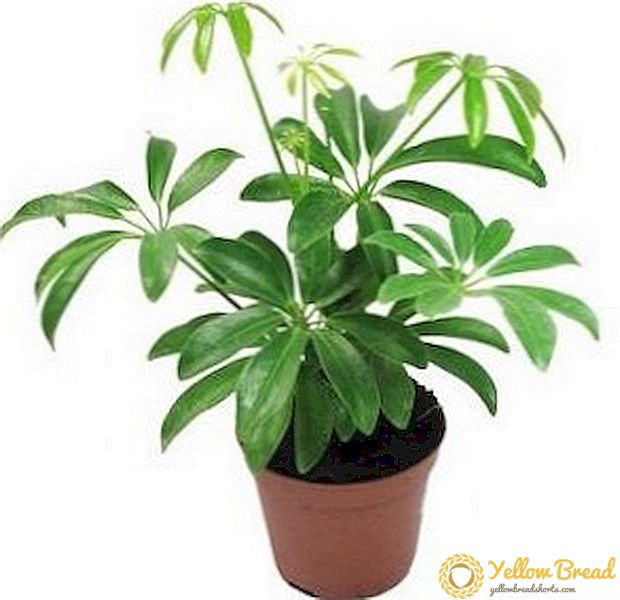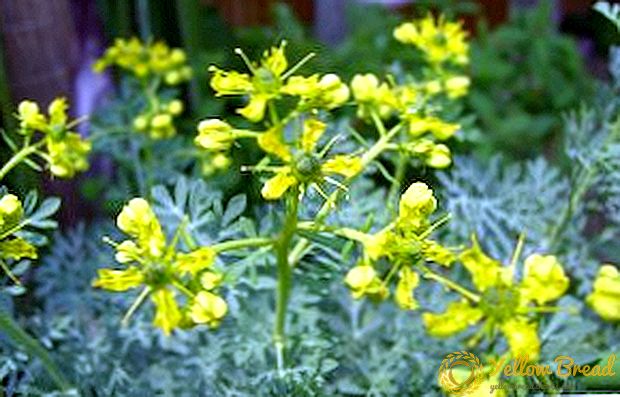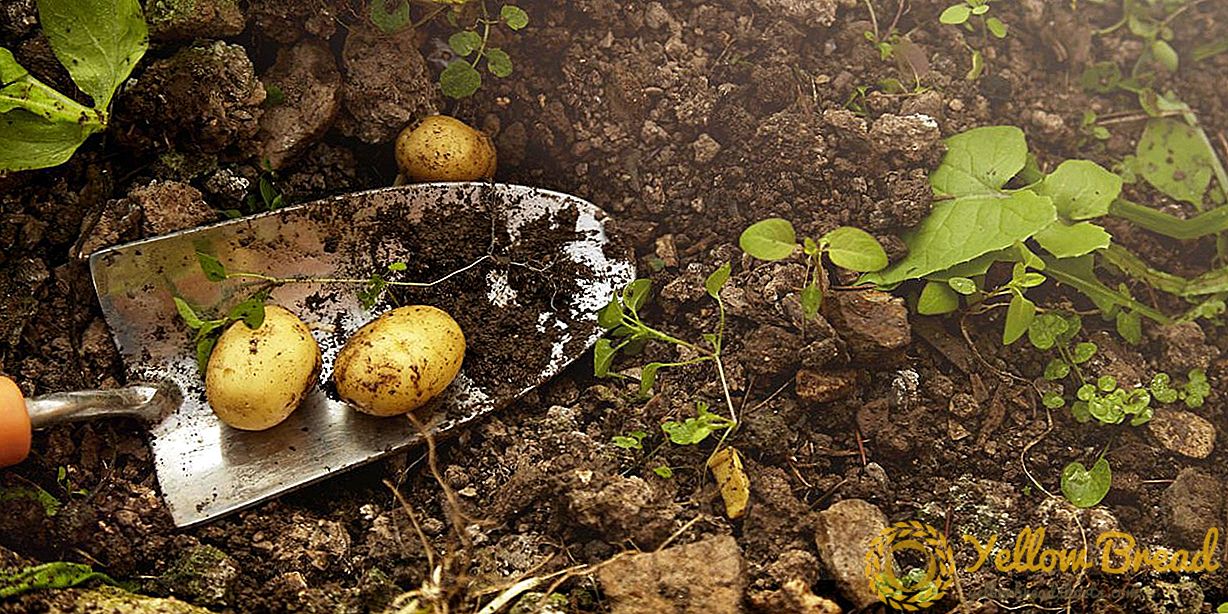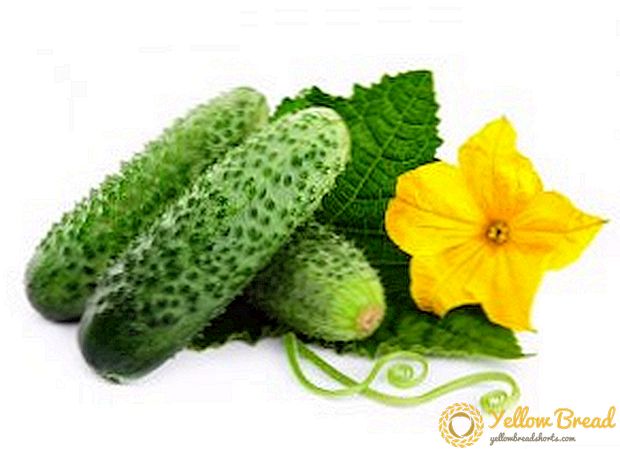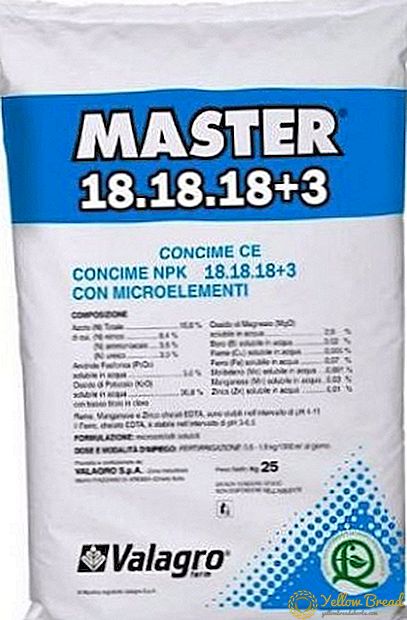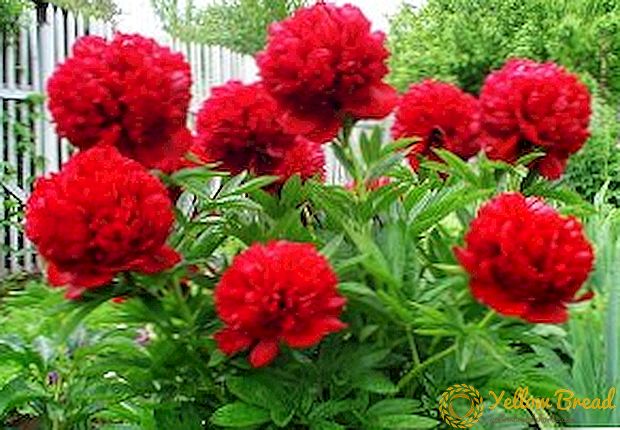
Many modern people with extreme distrust relate to various drugs based on herbal raw materials and recipes of traditional medicine, which, however, in no way diminishes their positive properties and the obvious effect achieved with their help. In this article we will discuss the wormwood field, as well as its medicinal properties and possible contraindications to its use.
- Description and photo
- Chemical composition
- What is the use?
- The use of therapeutic properties
- Are there any contraindications?
Description and photo
Field wormwood, also called "plain", is a perennial grass, the height of which varies from 30 to 80 cm. The stem of brown or red shade, having a woody structure closer to the root.
The leaves of the plant are of a circular-dissected form, have thread-like segments, rather narrow. Upper - tight to the stem, lower - are placed on the petioles and have a more complex dissection. Young leaves are covered with fluff, resembling silk by touch, this gives them a silvery shade. Over time, pubescence disappears, and they acquire a dark green hue. 
Flower baskets of oval or spherical shape, formed of rather unattractive-looking flowers of yellow or red color, have sizes in the region of 2-2.5 mm and are collected in inflorescences-panicles. The middle of each basket is made up of flowers with stamens, and at the edges are pistillate flowers. 
This plant blooms from early summer to the beginning of autumn. The process of pollination mainly occurs with the help of wind. The fruit is a brown seedling, rather small, only 1 mm in length. The ripening period is limited by the time period from July to October.
Chemical composition
Grass wormwood has a huge list of various vitamins, microelements and organic substances that have a complex therapeutic effect on the human body. Here is a short list of useful substances that can be found in it:
- Vitamin A. It exhibits the strongest antioxidant properties, it is an extremely necessary component for the reparative processes occurring in the body and the full health of the hair, skin and eyes.
- Galenic substances. They have a stimulating effect on the glands of the gastrointestinal tract, have a positive effect on digestion and increase the flow of bile.
- Vitamin B1.It plays a key role in the processes of fat, carbohydrate and protein metabolism. Participates in the conduct of nerve excitations in the synapses of neurons.
- Vitamin B2. The key component that ensures the normal course of the processes of hemopoiesis and the synthesis of hormones contributes to the improvement of vision and has a positive effect on the work of the nervous system.
- Arsumin, as well as absintin. They have anti-inflammatory and anti-ulcer effects.
- Vitamin B3. It promotes the proper functioning of the immune system, takes part in metabolic processes, has a regulatory function in relation to the gastrointestinal and nervous systems.
- Vitamin B6. Takes part in work of a nervous system and is a metabolite for the subsequent synthesis of irreplaceable organic acids, renders the rejuvenating effect.
- Essential oils. They have bactericidal and cardiostimulating effects.
- Capillin A substance exhibiting high activity in the fight against pathogenic fungal microorganisms.
- Vitamin C. Has a pronounced effect against various toxins and pathogens of viral diseases.
- Terpinoid substances.They have a stimulating effect on cellular activity, as well as accelerate metabolic processes.
- Vitamin PP. It has a positive effect on the work of the nervous and gastrointestinal systems, supports healthy skin, and has a positive effect on the blood supply to the organs.

What is the use?
The active substances contained in this grass in significant quantities can, in combination, have a number of positive effects on the human body. Here is a brief list of the effects that this plant has:
- anthelmintic;
- anti-inflammatory;
- antipyretic;
- choleretic;
- painkiller;
- hypnotic;
- healing;
- anticonvulsant.

The use of therapeutic properties
Preparations based on wormwood are excellent for treating many diseases of the urogenital area, for example: uterine bleeding, sluggish infections, in acute and chronic cystitis.
Fresh leaves of this plant in combination with pork fat can be used as an ointment, which has excellent healing properties, as well as contributing to the early cessation of purulent processes, removing splinters and reducing sweating feet. To make such an ointment, you need to take 1 part of crushed leaves of wormwood and 5 parts of melted fat, and then mix them until a viscous, pasty mass is formed. 
With the help of decoctions of this herb, since ancient times, various ailments of the gastrointestinal tract have been successfully treated, for example, gastritis, bloating, colic and indigestion.To obtain funds suitable for the treatment of these ailments, you need 1 tsp. fruit boil in 200 ml of water for 3 minutes. After the drug is infused for an hour, it can be consumed inside. Recommended dosage -1 tbsp. l 30 minutes before meals.
Are there any contraindications?
Pregnancy and lactation can be considered absolute contraindications to the use of drugs based on wormwood. It is not recommended to abuse these drugs to people suffering from thrombophlebitis of the lower extremities, as well as those who have gastrointestinal diseases in the acute stage.
Wormwood should be used with caution in older people who are overweight. Before giving medicines, which include wormwood, to children up to 12 years old, preliminary consultation with a doctor is necessary. 
Preparations based on wormwood cannot be used for periods longer than one month, as its components, when accumulated in the body, can cause side effects in the form of dizziness, muscle tremors, hallucinations and mental disorders.
We hope that this material has helped you to come to an unambiguous conclusion about whether you should use drugs based on this plant for health purposes.Remember that traditional medicine is, of course, very good, but you shouldn’t rely entirely on it when a problem arises. If a need arises, please consult a doctor. Be healthy!

